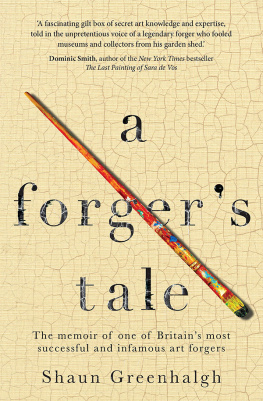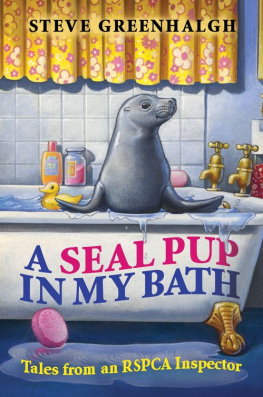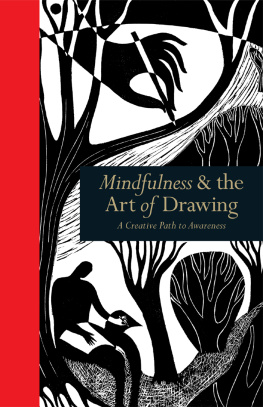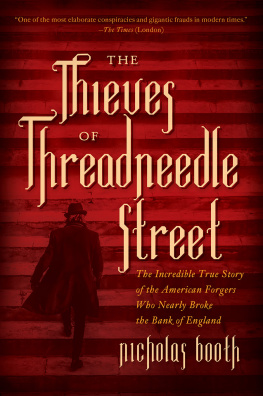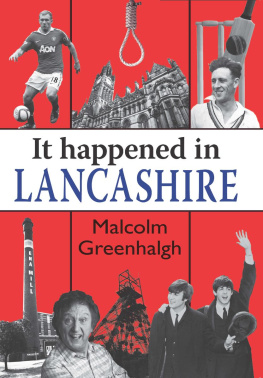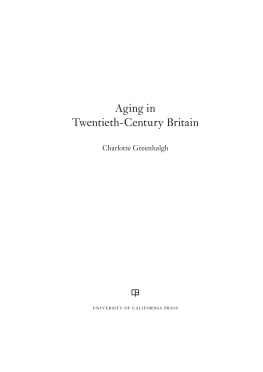
La Bella Principessa
I saw this drawing in Milan in 2015 and despite all the frenzy in the press, it is my work of 1978. Although it looks to have been gone over or restored by a better hand than mine. But, like me, no Leonardo!
VCG WILSON/CORBIS VIA GETTY IMAGES
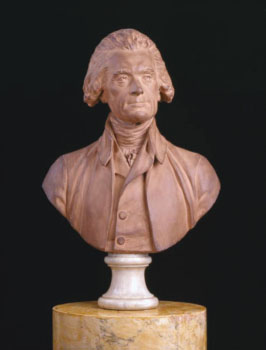
Jefferson, by Jean-Antoine Houdon
This bust of the third president, Thomas Jefferson, is by the great French sculptor Houdon. I based the Greenough bust the one allegedly sold to another American president on it. Im showing Houdons work here because there is no available image of mine.
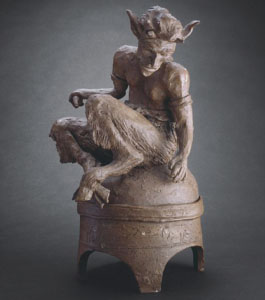
Gauguin Faun
This image makes it look better than I remember it. Done in three parts and authenticated by the Wildenstein Institute of Paris.
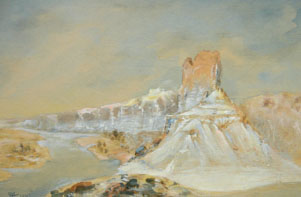
Yellowstone, in the style of Thomas Moran
This little sketch watercolour and body colour on tan paper was a 15 minute splash of colour and light. Later, much to my regret, sold to my favourite childhood place, the Bolton Museum.
METROPOLITAN POLICE/PA WIRE URN:5350151 (PRESS ASSOCIATION VIA AP IMAGES)

Goose, in the style of Barbara Hepworth
Done in my best terracotta clay. About three days work for both modelling and moulding.
METROPOLITAN POLICE/PA WIRE URN:5350147 (PRESS ASSOCIATION VIA AP IMAGES)
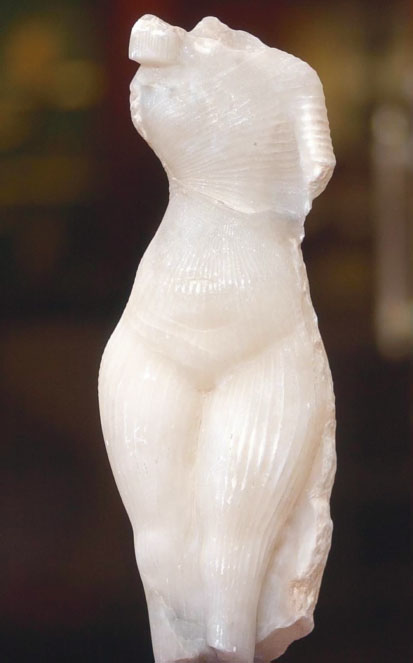
Amarna Princess
What more can I say!
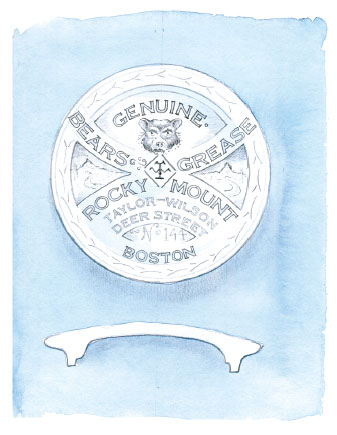
Pot lids
These were the type of thing we dug up on the Victorian tips if we were lucky. My new versions of them were my first fakes. This design was my best seller. Most lids are about 3 inches in diameter; this one was thought by its buyer in the 70s to be a Barbershop piece. Anything American was at a premium, hence the design.
AUTHORS COLLECTION
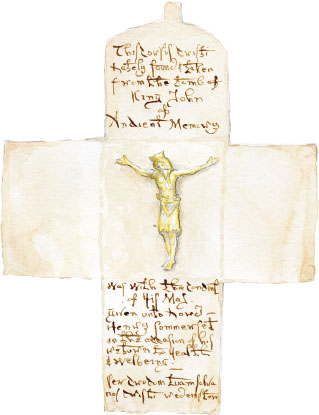
Cross
A 12th century silver gilt corpus, supposedly found in the tomb of King John at Worcester. Allegedly bought at auction by a senior member of the royal family.
A sketch because the image of its online catalogue description has been deleted.
AUTHORS COLLECTION
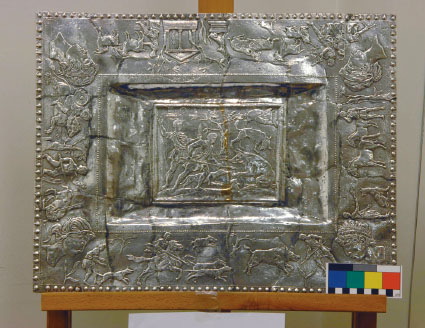
Risley Lanx
Sold to a dealer by my dad as a copy for 5000 in 1991. Then allegedly on to the British Museum for a ten-fold increase.
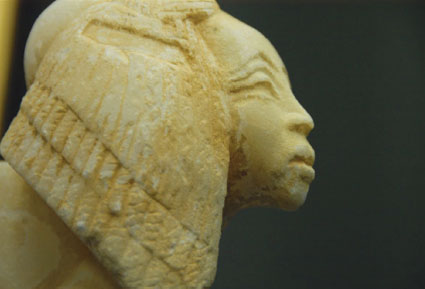
Calcite head in Amarna style
Done in the early 1990s and never offered for sale. A few days effort with wood chisel and rasp.

Assyrian priest
Looking worse than I remember it and the one that brought my fakery to an end.
ANTHONY DEVLIN/PA ARCHIVE/PA IMAGES
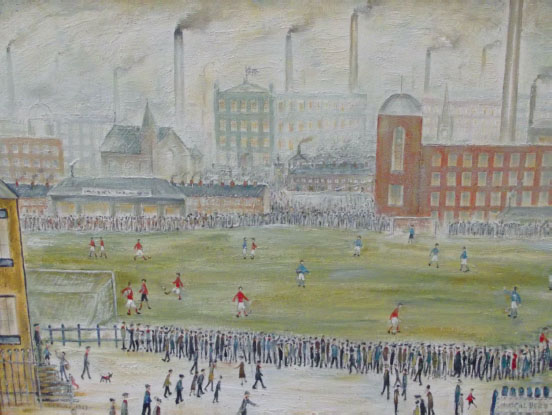
Before Kick Off
An oil loosely based on L.S Lowrys works from the 1920s and 1930s, which I think his best period. Done in practice for my little stint on the BBC series Fake or Fortune in 2015.
BOLTON AUCTION ROOMS/BNPS
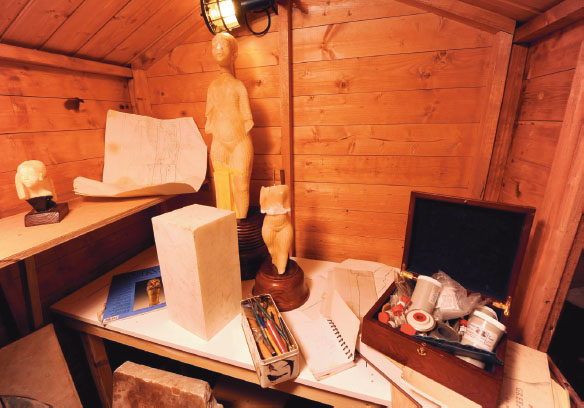
My shed the northern annex of the British Museum as rebuilt by the Victoria & Albert Museum for their Fakes and Forgeries exhibition in 2010. Far too uncluttered to be authentic!
ANTHONY DEVLIN/PA ARCHIVE/PA IMAGES
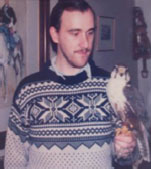
Me, my hawk, a Remington and a gift from my gran the pullover!
AUTHORS COLLECTION
SINCE LEAVING PRISON, life has been pretty uneventful. A couple of years ago, I thought to have a go at modern art and tried ogging it on a website, but binned that idea almost straight away. My heart wasnt in it and I felt more guilty taking money for such crap than selling the fakes of yesteryear.
Although no longer tempted to get back to my old ways, I still like to follow the art market just as a personal interest. And one or two of the things I used to make have surfaced. First, I would like to say that I dont mention them here to cause embarrassment to anyone. Thats never been my intention. They were not sold by me as fakes all those years ago, and whatever labels have been attached to them since by others is none of my doing. So here goes.
A few years ago, a supposed piece of Chelsea porcelain made the news as a rare and valuable discovery by a leading London auction house. People were saying it was going to break the world record for a piece of English porcelain at auction. Since then, the thing seems to have sunk without trace, so I can only presume better-seeing eyes prevailed in the end. It was something I did in the early eighties a head of a child in early triangle period paste. The composition of the clay body was as exact as it could be something I made up from a recipe given to me from someone who worked at the British Museum. Well, at their lab, which used to be on some premises in Savile Row.
It was based on a beautiful and genuine work you can see in the Ashmolean Museum in Oxford. I was always fascinated by Chelsea, and other early porcelain. As much by the struggles of such men as the Huguenot Nicholas Sprimont a silversmith by trade and the founder of the Chelsea factory to work out the formulas for the stuff from which his works were made, as by the actual pieces of decoration coming out of the kilns. The head in Oxford is supposed to be a depiction of the daughter of Sprimonts friend, the great sculptor Roubiliac. Sprimont was her godfather and Roubiliac is said to have done the original modelling. I think this must be so, as his hand can definitely be seen in the work, although it would obviously be at second-hand. The chap who formed it in porcelain from a plaster mould would have been a craft potter rather than a great artist, but still someone possessing valuable skill.

